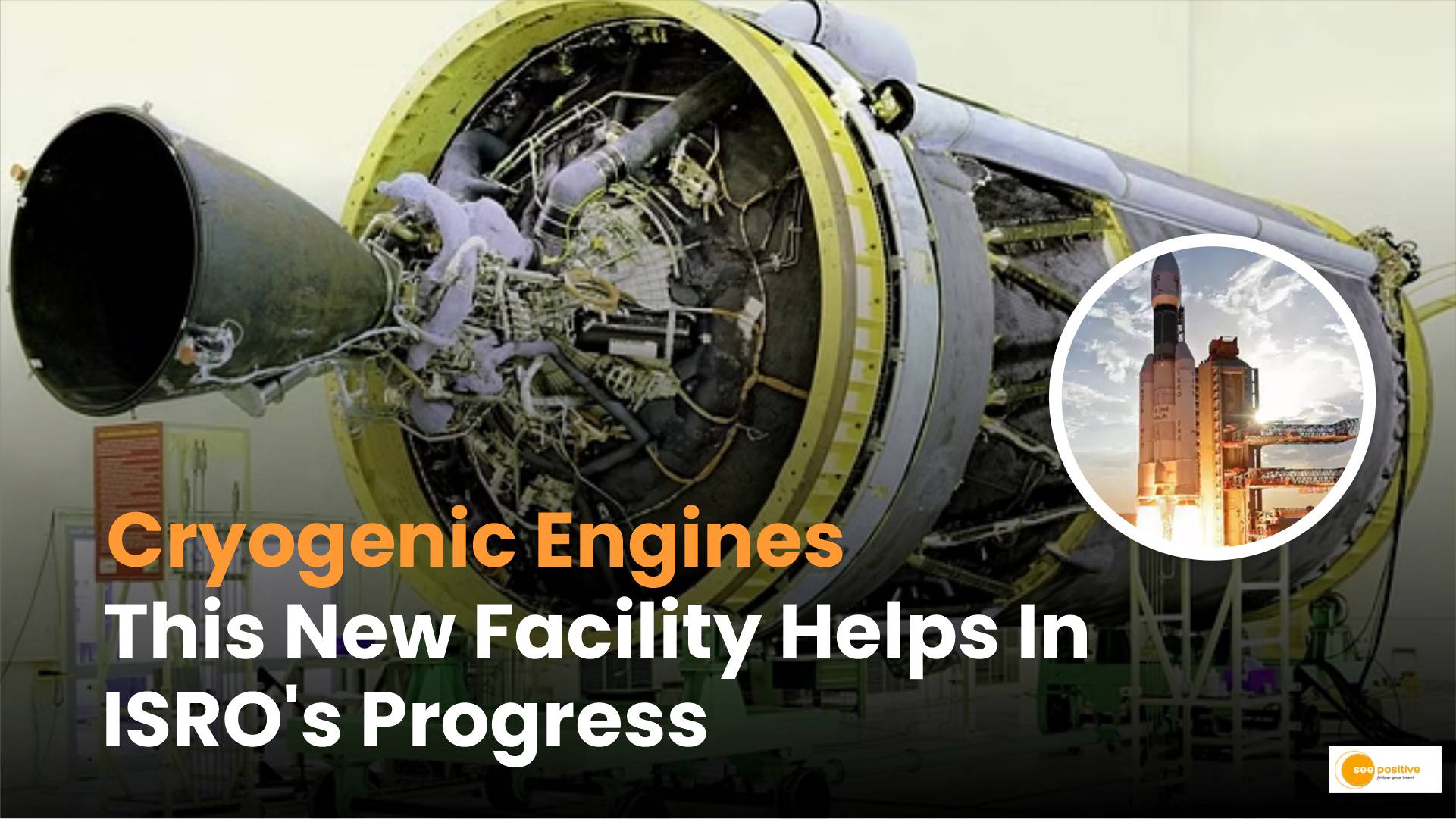Prime Minister Narendra Modi unveiled three new space projects with a combined cost of Rs 1,800 crore at Kerala’s Vikram Sarabhai Space Centre. Among these projects is the Semi-Cryogenic Integrated Engine and Stage Test Facility in Mahendragiri, Tamil Nadu. This facility holds the key to India’s ambitious astronaut dream and the future of its space exploration endeavours.
Why the New Facility is Important
The Indian Space Research Organisation (ISRO) has meticulously perfected its cryogenic engines since 1994. These highly efficient engines play a pivotal role in ISRO’s space missions, particularly in the final stages of launch vehicles. Cryogenic engines employ super-cooled and liquefied gases as fuel and oxidizer, making them ideal for propelling rockets through the harsh conditions of outer space.
The newly unveiled Semi-Cryogenic Integrated Engine and Stage Test Facility is strategically designed to contribute to the testing and development of India’s indigenous cryogenic rocket engines. This facility is poised to be instrumental in advancing the country’s space capabilities and ensuring the success of future missions.
Key Features of the Facility
- State-of-the-Art Infrastructure: Housed within the ISRO Propulsion Complex (IPRC), formerly known as the Liquid Propulsion Systems Centre, this cutting-edge facility boasts state-of-the-art equipment for rocket propulsion technology and testing.
- Testing and Development Focus: The facility is dedicated to the testing and refining of cryogenic engines, encompassing assembly, integration, and testing of both solid and liquid propellant engines. Additionally, it will facilitate high-altitude testing of thrusters, engines, and other subsystems crucial for space exploration.
- Cryogenic Fuel Production: The IPRC includes facilities for the production and supply of cryogenic fuel. This is a critical component for powering rockets during their journeys through the vastness of space.
- Cold Flow Testing: The Semi-Cryogenic Cold Flow Test facility is established to develop and test engine subsystems within the complex. This ensures the engines perform optimally under various conditions, enhancing reliability and efficiency.
Milestones in Cryogenic Engine Development
India has made significant strides in cryogenic engine development, currently operating two functional cryogenic engines:
CE-7.5: Replacing the Russian KVD-1 engines used in the GSLV Mk-I rocket, the CE-7.5 faced initial challenges with a mission failure in 2010 due to insufficient burn time. Subsequent successful flights, however, have demonstrated its capabilities.
CE-20: Representing a significant leap forward, the CE-20 is a cryogenic engine that has successfully passed testing, marking a crucial milestone for ISRO. This engine is deemed safe for human spaceflight, particularly for the upcoming Gaganyaan missions, bringing India closer to achieving its dream of sending astronauts into space.
Towards India’s Astronaut Dream
The Semi-Cryogenic Integrated Engine and Stage Test Facility is not just a technological achievement; it is a stepping stone toward realizing India’s astronaut dream. As ISRO continues to refine its engines and enhance its space capabilities, we can look forward to witnessing Indian citizens embarking on space journeys shortly.
Positive Takeaway
India’s space odyssey is fueled by innovation, determination, and the unwavering commitment of its scientists and engineers. With the inauguration of this new testing facility, ISRO is poised to take giant strides toward the stars, carrying not only the dreams of a nation but also the aspirations of its future astronauts.
The facility not only signifies India’s progress in space exploration but also amplifies its position on the global space stage, showcasing the nation’s commitment to pushing the boundaries of scientific achievement.
As the engines roar to life in the testing facility, they echo the spirit of a nation reaching for the stars, ready to etch its mark in the cosmos.


